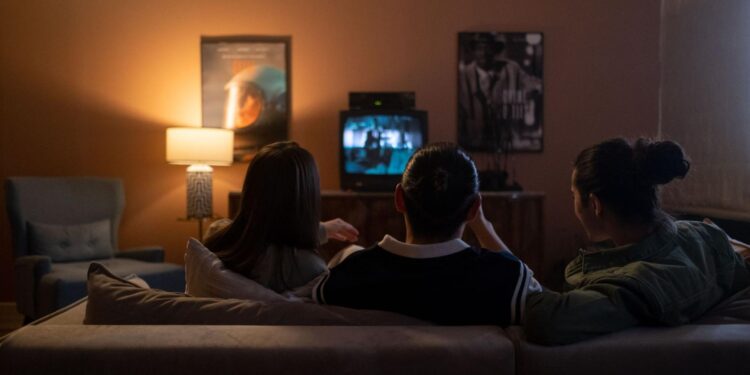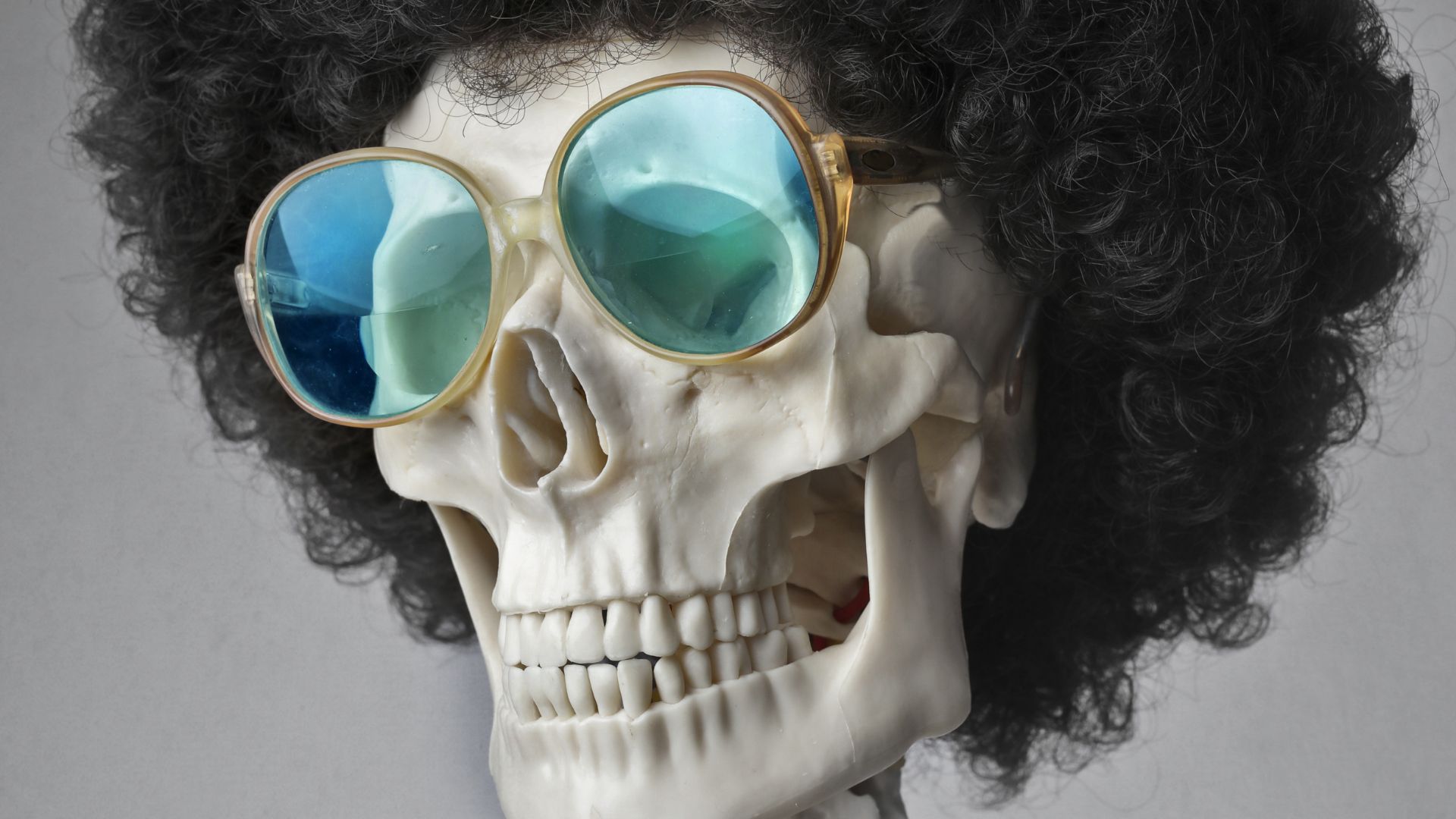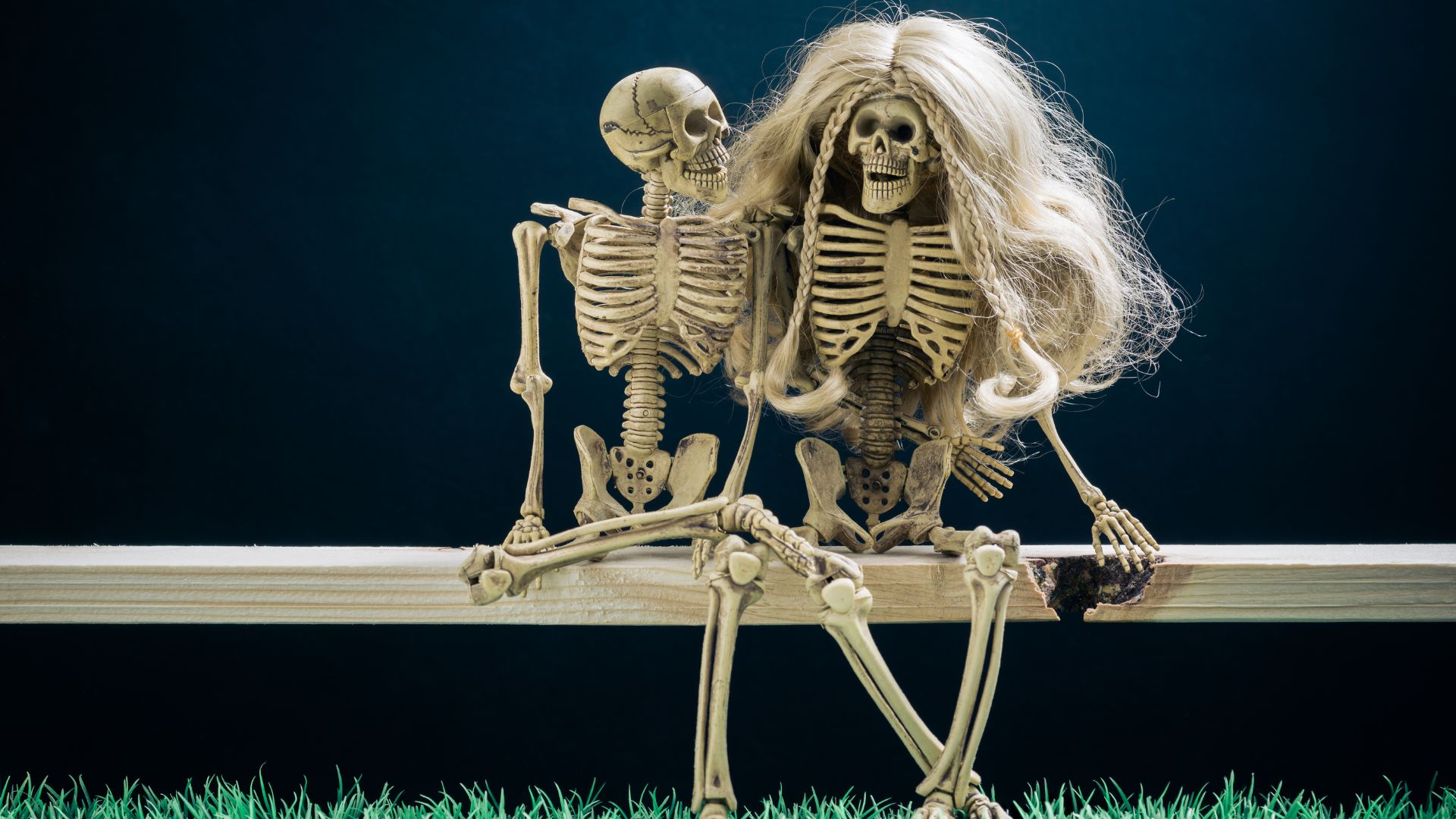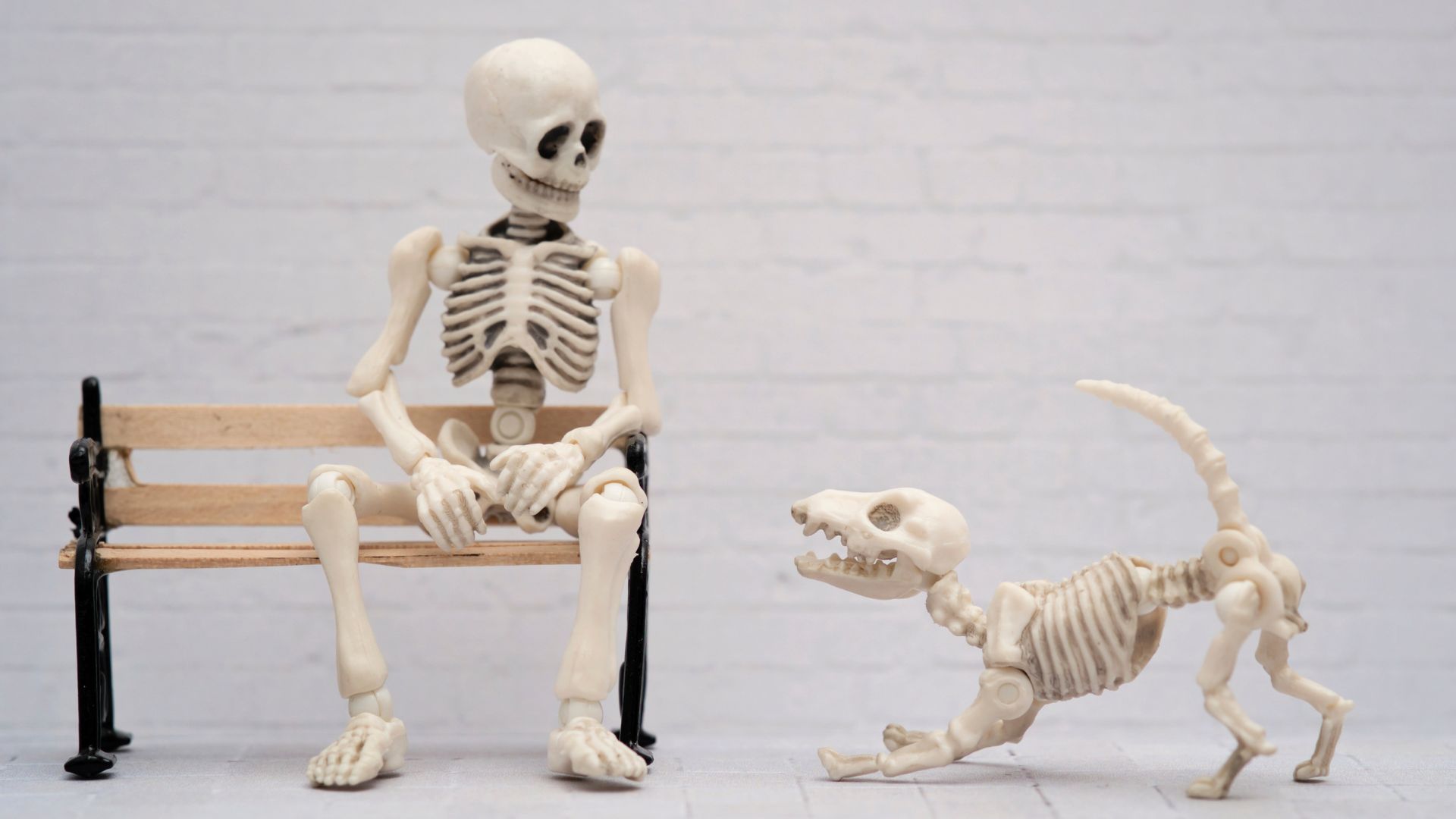Poltergeist Real Skeletons
I’ll never forget the first time I watched the 1982 movie Poltergeist. Little did I know at the time, it would become the subject of a chilling urban legend, that the movie had used Poltergeist real skeletons. Rumor has it that real skeletons were used during the filming of this iconic horror film. As a long-time fan of the genre, this revelation sent shivers down my spine. In this article, I’ll delve into the truth behind this bone-chilling claim and uncover the fascinating story behind the use of real skeletons in Poltergeist.
When it comes to horror movies, there’s always an element of mystery and intrigue surrounding their production. The idea of Poltergeist real skeletons being true adds an eerie layer to an already terrifying film. But is this claim really true? In this article, we’ll separate fact from fiction and explore the shocking truth behind the alleged use of human remains in the making of Poltergeist.
The 1982 Movie Poltergeist Used Real Skeletons As – Tymoff
When it comes to urban legends surrounding popular movies, few are as chilling as the claim that the 1982 film Poltergeist used real skeletons during its production. This unsettling rumor has circulated for years, leaving many wondering if there is any truth to it. In this section, we will delve into the controversy surrounding the alleged use of actual human remains in the making of Poltergeist.
The speculation about real skeletons being used in the movie stems from a scene where the character Diane Freeling, played by JoBeth Williams, falls into a muddy pool filled with decomposing corpses. The eerie authenticity of the scene led to rumors that the filmmakers had opted for real skeletons to create a more realistic effect.
However, the truth behind this claim is far less sinister. The skeletons used in Poltergeist were, in fact, not real human remains, but rather prop skeletons created specifically for the film. Special effects artist Craig Reardon was responsible for crafting these realistic-looking skeletons, using a combination of foam, latex, and other materials. The attention to detail in their creation is a testament to the skill and craftsmanship of the movie’s production team.
Despite the debunking of the Poltergeist real skeletons urban legend, the notion of real skeletons being used in Poltergeist continues to captivate audiences and fuel speculation. It serves as a reminder of the enduring power of urban legends and the fascination people have with the macabre.
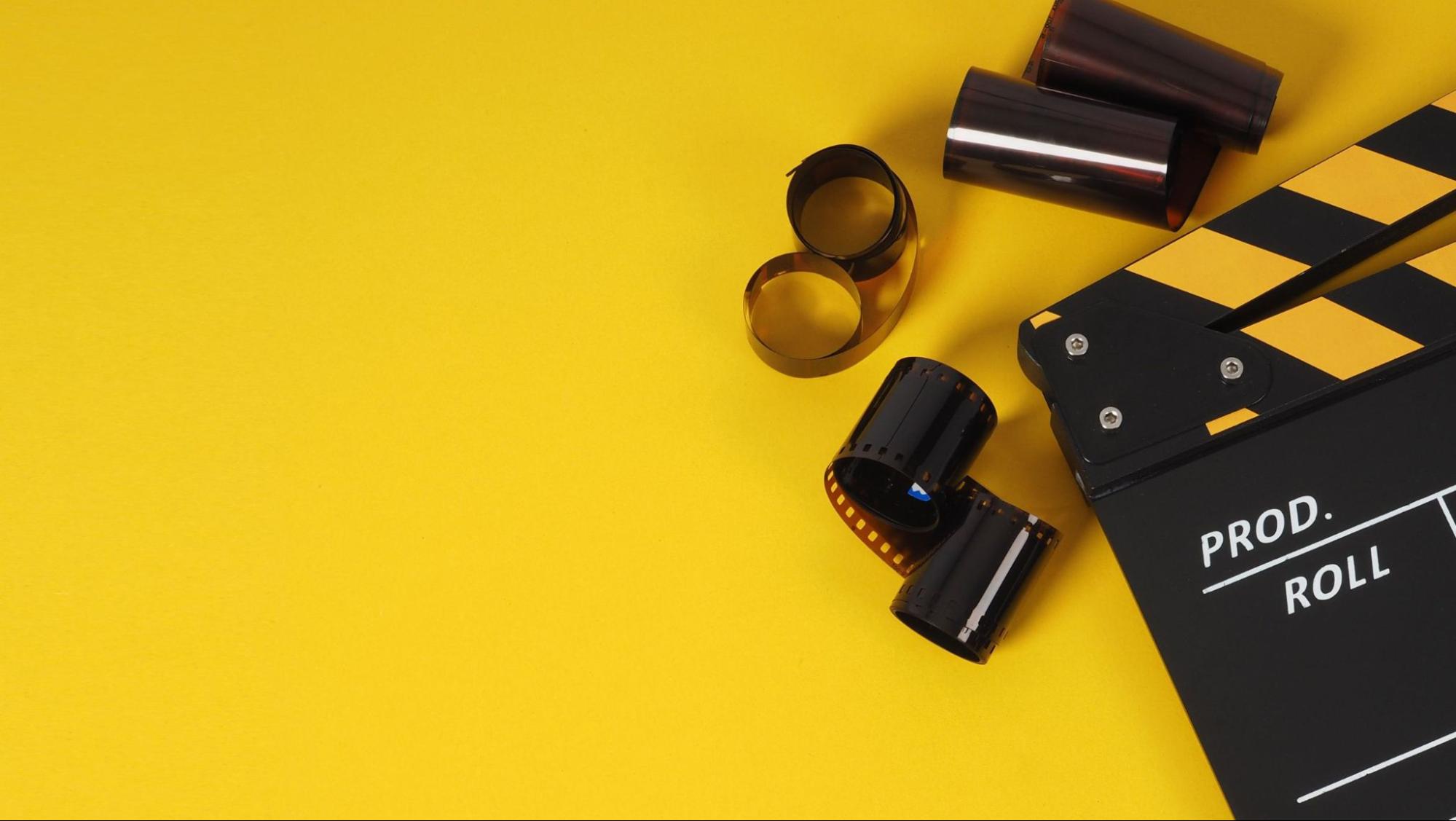
The History of Special Effects in Film
The Evolution of Special Effects Techniques – Poltergeist Real Skeletons
Over the years, special effects in film have undergone a remarkable evolution. From the early days of silent movies to the present, filmmakers have continuously pushed the boundaries of what is visually possible on the big screen.
In the early years of cinema, special effects were limited to simple techniques such as stop-motion animation and matte painting. These methods allowed filmmakers to create the illusion of movement and fantastical landscapes. As technology advanced, so did the capabilities of special effects.
The introduction of sound in films opened up new possibilities for creating immersive experiences. With the advent of sound, filmmakers were able to synchronize audio with visual effects, further enhancing the impact of their storytelling.
As the film industry entered the era of color, special effects took on a new dimension. Technicolor, a revolutionary color process, allowed filmmakers to create vibrant and realistic worlds on screen. This advancement in technology paved the way for even more ambitious special effects in the decades to come.
The Role of Practical Effects in Filmmaking
While digital effects have become increasingly prevalent in modern cinema, practical effects still play a vital role in filmmaking. Practical effects refer to the use of physical props, makeup, and animatronics to create realistic and tangible effects on set. Not to mention this can result in immense popularity, leading to popular search phrases like: Poltergeist real skeletons.
One of the reasons why practical effects continue to be favored by filmmakers is the authenticity they bring to a scene. A practical effect, such as a physical explosion or a prosthetic makeup transformation, can elicit genuine reactions from actors and create a more immersive experience for the audience.
Furthermore, practical effects often age better than their digital counterparts. While digital effects can quickly become dated as technology advances, practical effects have a timeless quality that can withstand the test of time.
In recent years, there has been a resurgence of practical effects in filmmaking, with directors and audiences alike appreciating the craftsmanship and artistry involved. Filmmakers are finding innovative ways to blend practical effects with digital technology, creating a seamless and visually stunning result.
As special effects techniques continue to evolve, one thing remains clear: the magic of cinema lies in its ability to transport audiences to extraordinary worlds. Whether achieved through practical effects or digital wizardry, special effects will always be an integral part of the filmmaking process.


